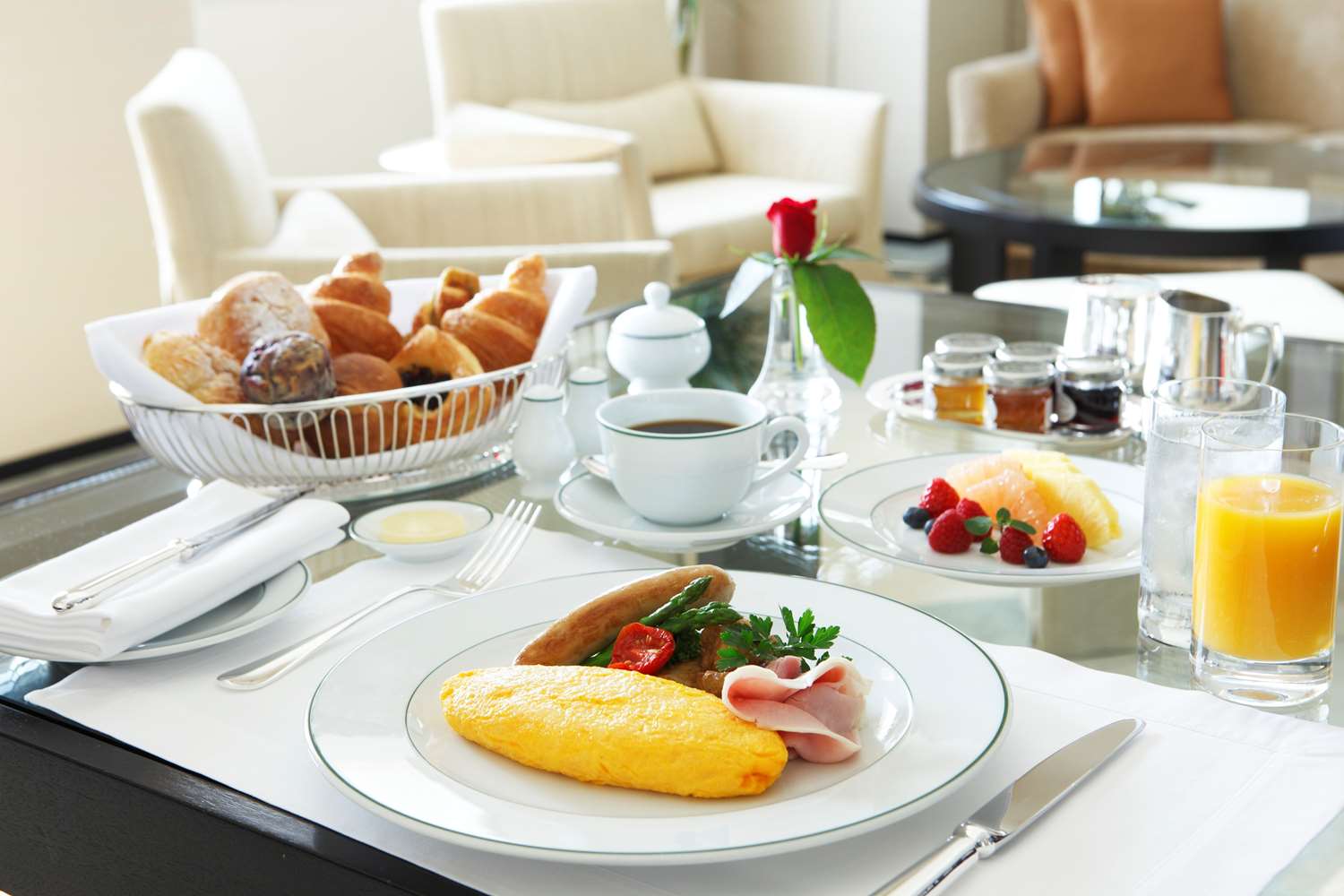Park Hyatt Tokyo
Elegant rooms with city views, upscale dining, spa & indoor pool
Elegant rooms with city views, upscale dining, spa & indoor pool
.jpeg)



.jpeg)

.jpeg)


























2, 3 Chome-7-1 Nishishinjuku, Shinjuku City, Tokyo 163-1055, Japan Get directions
$$$$

"Reopened after a 19‑month closure, this icon atop Shinjuku Park Tower feels more like a careful “renewal” than an overhaul: the cool‑toned green carpets chosen by original designer John Morford, the woodwork and art, and the low‑lit anterooms that open into cinematic, light‑filled atriums with windows stretching over Tokyo to Mount Fuji are all still here. The Lost in Translation aura endures—guests go up to the New York Bar asking “Were they sitting here?”, posing on the window ledge; during filming, crews worked from roughly 1 a.m. to 5 a.m., and Bill Murray would sometimes rest on a 41st‑floor settee. In the rooms, freestanding bathtubs and right angles give way to smoother, curved lines, self‑contained bathrooms, and lengthened headboards in clay‑hued leather, keeping the restraint, quiet strength, and the “elegant blend of the East and the West” Sofia Coppola hoped would remain. Designers Patrick Jouin and Sanjit Manku describe the challenge as a tightrope—doing enough to rekindle warmth while preserving the hotel’s iconic character for the next 30 years." - Nick Remsen

"After a more than one-year closure for a major refresh that began in May 2024, Park Hyatt Tokyo is set to reopen with much of what made it iconic intact. Having worked there as a sommelier during the property's heyday, I remember how, since opening in 1994 within the top 14 floors of Kenzo Tange’s Shinjuku Park Tower, it became the standard-bearer for luxury in Tokyo and the hotel of choice for movie stars, creatives, and well-heeled travelers; its profile was further raised by Sofia Coppola’s Lost in Translation (2003) and a 2013 episode of Anthony Bourdain’s Parts Unknown. Senior management remained on site through the refresh while staff were temporarily placed at other Hyatt properties, and Paris-based design studio Jouin Manku is overseeing a redesign that respects original interior designer John Morford’s vision. The biggest transformation is to the guest rooms, which have been completely redesigned with newly added marble and wood accents in the bathrooms, headline features like the Club on the Park’s indoor pool remain, and reservations opened September 24 for a reopening on December 9, 2025, with nightly rates starting at $880 (not including taxes and fees)." - Yukari Sakamoto

"An iconic Tokyo hotel undergoing a 17-month renovation that aims to preserve the original celebrated interiors while introducing subtle updates—lighter carpets, refinished surfaces, double vanities and a new suite category—so the hotel’s blend of Western service and Japanese hospitality endures; the landmark New York Grill & Bar on the 52nd floor will continue to offer skyline views, live music and cocktails." - Jennifer Flowers

"The Park Hyatt Tokyo is highlighted as a prime location for redeeming travel points, known for its elegant rooms and stunning views of the city."

"An enduring favorite set atop Kenzo Tange’s Shinjuku Park Tower, known for sanctuary-like rooms clad in rare woods and soothing palettes, iconic cultural ties (including the green yukata from a famous film), and a strong roster of amenities such as a full sento public bath, a glass-enclosed rooftop pool, a 2,000-book library, and acclaimed dining at the New York Grill and jazzy New York Bar. The property’s design and service encourage lingering to take in Mount Fuji or the Shinjuku skyline." - Keith Flanagan, Adam H. Graham